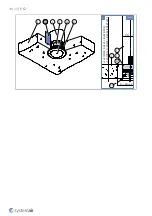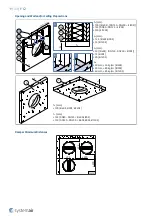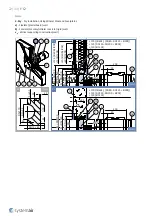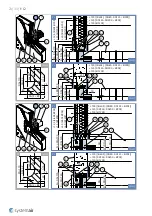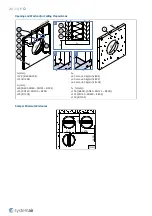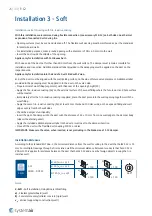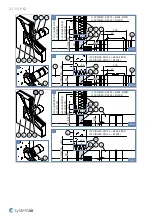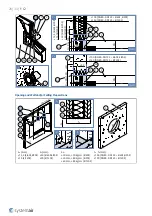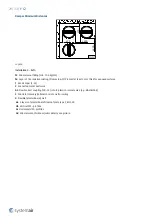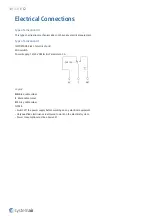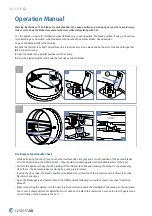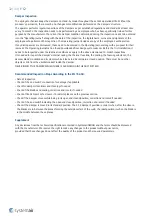
32/33 |
F-C2
Damper Inspection
The spring mechanism keeps the dampers on stand-by mode throughout their entire operational life. Without the
producer’s permission, there must be no changes or modifications performed on the dampers’ structure.
The operator performs regular inspections of the dampers as per established regulations and standards at least once
every 12 months. The inspection needs to be performed by an employee who has been specifically trained for this
purpose by the manufacturer. The current fire damper condition determined during the inspection needs to be entered
into the “Operating Journal” along with the date of the inspection, the legible name, surname and signature of the
employee who performed the inspection. The Operating Journal includes a copy of the employee’s authorization.
If any discrepancies are discovered, these need to be entered in the Operating Journal along with a proposal for their
removal. The Operating Journal can be found downloaded from design.systemair.com. Before the first installation, it
needs to be inspected under the identical conditions as apply to the above mentioned 12-month inspections.
It is needed to inspect the damper’s internal casing, the thermal fuse link, the sealing, the foaming substance, the
damper blade’s condition and its closure while it leans to a backstop in a closed position. There must be no other
objects or dirt from the ventilation duct inside the damper.
NEVER INSPECT THE DAMPERS WHEN THERE IS AIR FLOWING IN THE DUCT SYSTEM!
Recommended Inspection Steps According to the EN 15 650:
• Date of inspection
• Check of the end switch’s connection for damage if applicable
• Check for damper cleanliness and cleaning if needed
• Check of the blades and sealing, correction and record if needed
• Check of fire damper’s safe closure – for details please see the previous section
• Check if the damper moves while being in its open and closed position, correction and record if needed
• Check of the end switch indicating the open and closed position, correction and record if needed
• Check if the damper is moved in its standard position. The F-C2 damper’s position is correct when, after the closure,
the blades are in between the planes forming the outside surface of the wall – the ideal position is when the blade is
in the middle between these planes.
Supplement
Any deviations from the technical specifications contained in SystemairDESIGN and the terms should be discussed
with the manufacturer. We reserve the right to make any changes to the product without prior notice,
provided that these changes do not affect the quality of the product and the required parameters.

